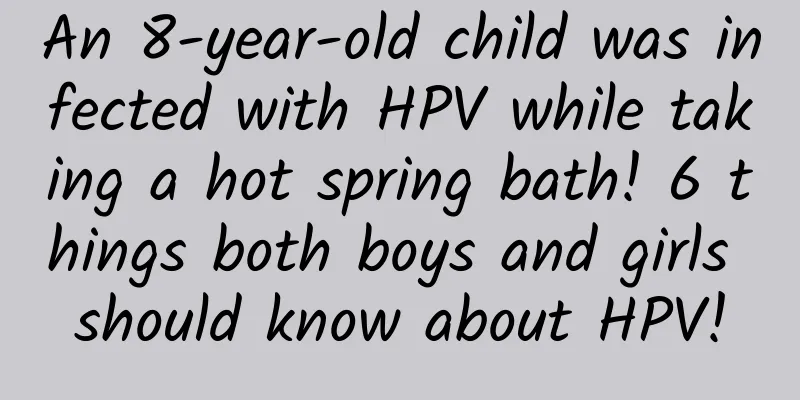How to prevent heat stroke in hot weather

|
Heat stroke is a physical illness caused by high temperatures. Its symptoms are mainly divided into three types: 1. Premonitory heat stroke: In a high temperature environment, you will feel headache, dizziness, thirst, sweating, weakness and soreness in the limbs, and difficulty concentrating. The body temperature may be normal or slightly elevated, but generally will not exceed 37.5℃. 2. Mild heat stroke: If the symptoms of heat stroke are not relieved in time and you continue to be exposed to high temperatures, your body temperature will rise to above 38.5°C. In addition to the above symptoms, you may also experience flushing, chest tightness, burning skin, nausea, vomiting, and decreased blood pressure. 3. Severe heat stroke: This is the most serious condition. If not treated in time, it may be life-threatening. Severe heat stroke can be divided into four types: (1) Heat cramps: usually caused by excessive sweating and insufficient salt replenishment, manifested as sudden paroxysmal muscle cramps and pain. (2) Heat exhaustion: common in the elderly and those who cannot adapt to high temperatures. The main symptoms are dizziness, headache, palpitations, thirst, nausea, vomiting, cold and clammy skin, and low blood pressure. (3) Sunstroke: Direct exposure to the scorching sun can cause damage to brain cells, resulting in symptoms such as severe headaches, nausea and vomiting, irritability, and even coma and convulsions. (4) Heat stroke: People who engage in physical labor under high temperatures for a long time may experience a sharp rise in body temperature, with a lot of cold sweat in the early stage, followed by no sweat, shallow and rapid breathing, confusion, etc. In severe cases, cerebral edema, pulmonary edema, heart failure, etc. may occur. To prevent heat stroke, we can take the following measures:
In short, understanding the symptoms of heat stroke and taking appropriate preventive measures can help us avoid or reduce the harm of heat stroke. After suffering from heat stroke, timely treatment should be carried out: Move the patient to a ventilated, cool, and dry place, unbutton clothes, take off or loosen clothes, and change into dry clothes to dissipate heat as soon as possible. Use physical cooling methods, such as cold water or alcohol baths, placing ice packs on the head, armpits, groin, etc., and use electric fans to enhance heat dissipation, so that the body temperature drops to below 38°C as soon as possible. If the patient has muscle cramps or vomiting, appropriate measures should be taken to prevent the patient from hurting himself and ensure that the airway is unobstructed. For patients with severe heat stroke, if symptoms such as high fever, cramps, convulsions, and shock have occurred, seek medical attention immediately and receive professional first aid. Please note that heat stroke is an acute traumatic disease and severe heat stroke can be life-threatening. Therefore, it is crucial to prevent heat stroke and treat heat stroke symptoms promptly. |
<<: High-risk "five-color management" for pregnant women needs to be understood
>>: How do diabetics survive the dog days of summer (Strategy 2)
Recommend
Causes and symptoms of acute lactation mastitis
Acute lactation mastitis is particularly worrying...
What are the dangers of not having menstruation at the age of 40?
No woman wants to face the problem of amenorrhea,...
Will delaying my period affect my pregnancy?
Nowadays, many women are rather careless, especia...
Can I have three babies by caesarean section?
After a caesarean section, women need a long peri...
Thank You Doctor When will the TV series be broadcast? Thank You Doctor Actor List
Yang Mi and Bai Yu's new drama "Thank Yo...
How to prevent fetal arrest after the fetal heartbeat
Everyone knows that if the fetus stops growing, a...
Two strong positive results in one month
As we all know, women are most likely to get preg...
What is the cause of scrotal peeling?
If a man has symptoms of scrotal peeling, it may ...
What disease can be detected by bacterial culture of leucorrhea
Leucorrhea is a physiological phenomenon caused b...
[Medical Q&A] Which drugs are likely to cause drug-induced liver injury?
Planner: Chinese Medical Association Reviewer: Ji...
Picture of female scrotal bulge
There are eight points in the Bladder Meridian, f...
Do you know some tips for reducing fever in pregnant women?
Women may catch a cold and have a fever during pr...
What to do if stretch marks are itchy?
Many pregnant women will have stretch marks after...
The most obvious signs of pregnancy at 5 days
Many pregnant women have many symptoms during pre...
When can I plant forget-me-not seeds? How long does it take for forget-me-not seeds to germinate?
Forget-me-not is a blue-purple flower plant that ...









